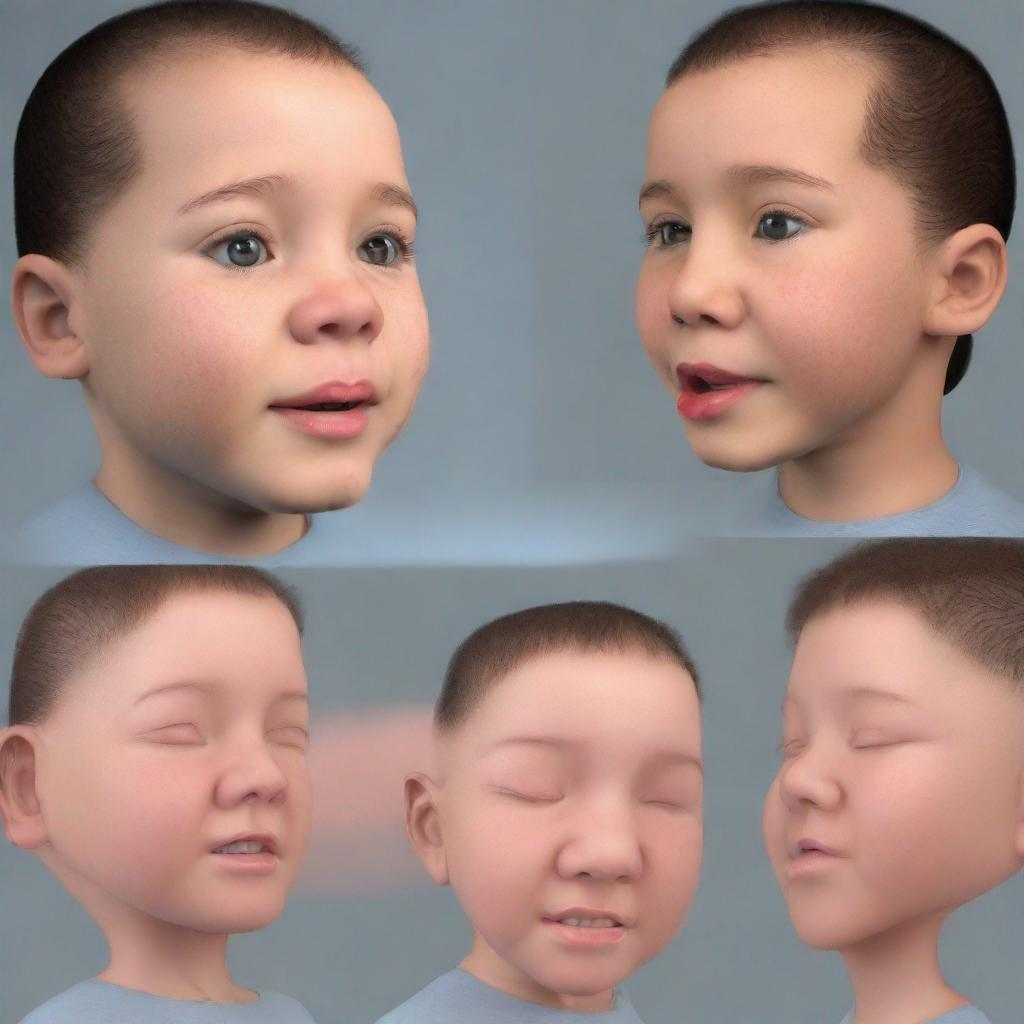## Protein-Energy Malnutrition (PEM)
**Introduction**
Protein-energy malnutrition (PEM) is a condition that arises when the body does not receive adequate protein and energy. It can lead to a range of serious health problems, including stunted growth, impaired immune function, and cognitive deficits. PEM is a significant public health concern, particularly in developing countries and areas affected by humanitarian crises.
**Symptoms**
Symptoms of PEM can vary depending on the severity of the condition. Common symptoms include:
– **Edema:** Swelling in the abdomen, extremities, and face
– **Growth retardation:** Impaired growth and development
– **Anorexia:** Loss of appetite
– **Diarrhea:** Frequent and prolonged diarrhea
– **Muscle wasting:** Loss of muscle mass
– **Dermatosis:** Skin rashes and lesions
– **Geophagia:** The consumption of soil or clay
**Diagnosis**
PEM is diagnosed based on a thorough **nutritional assessment**, which includes:
– **Anthropometry:** Measurements of height, weight, and circumference of the **extremities**
– **Biochemical testing:** Analysis of blood and urine samples to assess nutrient levels
– **Dietary counseling:** Evaluation of the individual’s dietary habits
**Conditions**
PEM can be classified into three main conditions:
– **Kwashiorkor:** Characterized by edema, muscle wasting, and **dermatosis**
– **Marasmus:** Characterized by severe wasting, **growth retardation**, and lack of **subcutaneous fat**
– **Severe acute malnutrition (SAM):** A life-threatening condition characterized by severe **wasting** and **edema**
– **Moderate acute malnutrition (MAM):** A less severe form of malnutrition characterized by **wasting** or **edema**
– **Stunting:** Impaired growth and development resulting in short stature
**Treatment**
Treatment for PEM focuses on addressing the underlying malnutrition and managing complications. It typically involves:
– **Nutrition therapy:** Provision of nutrient-rich foods, including high-protein sources
– **Oral rehydration therapy:** Administration of fluids and electrolytes to correct **dehydration**
– **Intravenous fluids:** Administration of fluids and nutrients through a vein for severe cases
– **Antibiotics:** Treatment for infections
– **Immunizations:** Administration of vaccines to prevent vaccine-preventable diseases (e.g., measles, polio, tetanus)
**Complications**
Untreated PEM can lead to a range of complications, including:
– Anemia
– Impaired immune function
– Increased susceptibility to infections
– Developmental delays
– Cognitive impairment
– Death
**Prevention**
PEM can be prevented by ensuring access to a balanced diet and addressing underlying factors such as food insecurity and poverty. Preventive measures include:
– Promoting breastfeeding
– Providing nutrition education
– Fortifying foods with essential nutrients
– Addressing humanitarian crises and food insecurity
**Types of Doctors**
PEM is typically diagnosed and treated by healthcare professionals who specialize in nutrition, pediatrics, or internal medicine. These may include:
– Registered dietitians
– Pediatricians
– Internists
– Public health nutritionists




